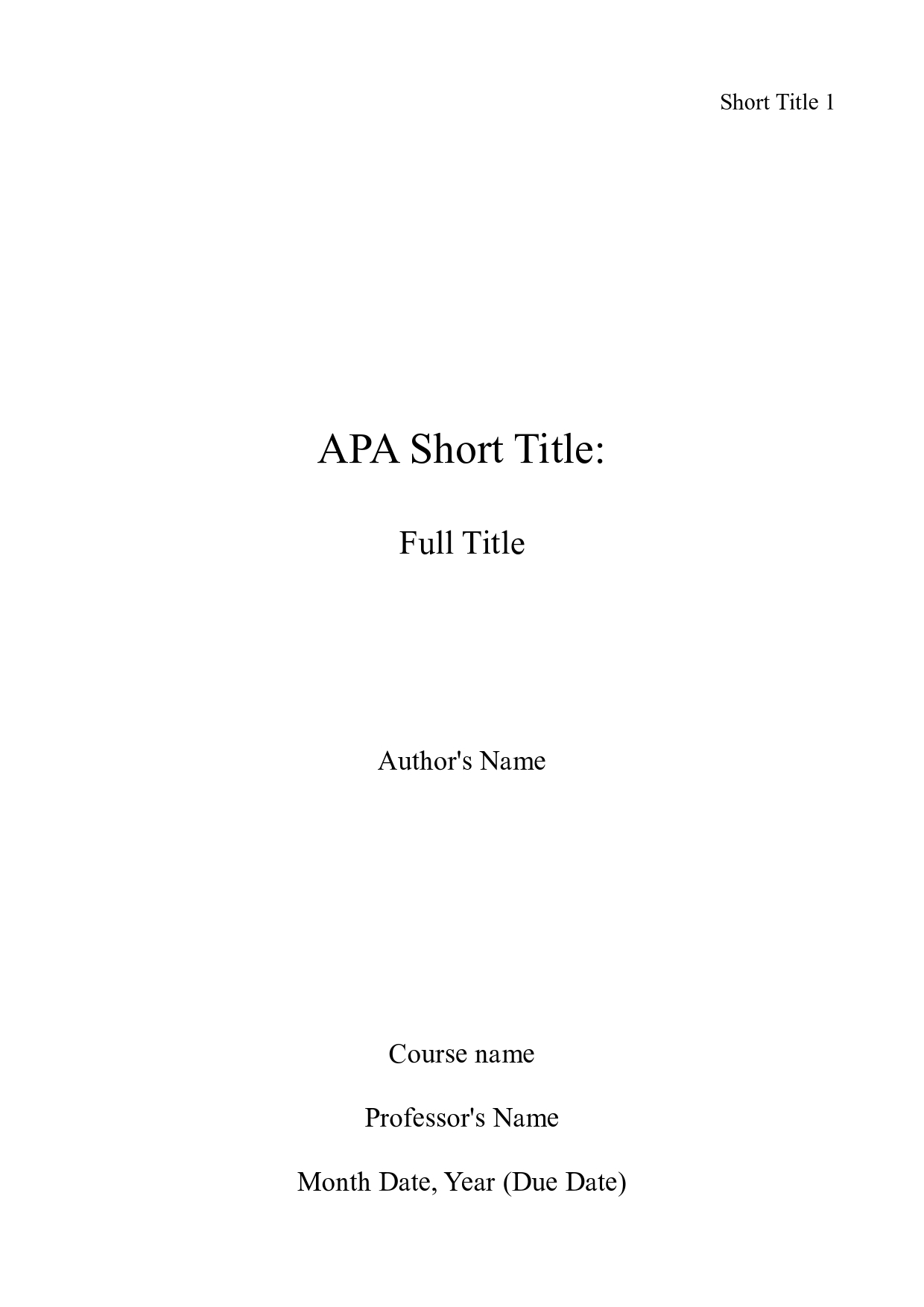The Art of Crafting a Stellar Essay: A Guide to Structure and Content
In the world of academic pursuit and intellectual expression, the essay reigns supreme. It's a canvas where thoughts are woven into words, arguments are meticulously constructed, and insights are shared with precision. Crafting an effective essay is a skill honed over time, a journey of constant learning and refinement. Whether you're a seasoned scholar or a budding wordsmith, understanding the key components of a well-structured essay is paramount.
Imagine for a moment that you're building a house. The foundation must be strong, the framework sturdy, and the walls erected with care. Similarly, a compelling essay necessitates a robust structure. It begins with a captivating introduction, setting the stage for the intellectual journey that lies ahead. This is where you present your main argument, the central claim you aim to substantiate throughout your essay. Think of it as the thesis statement, the guiding light illuminating the path your reader will follow.
As you delve deeper into the body paragraphs, each one should serve as a building block, meticulously supporting your central argument. Each paragraph should focus on a single idea, introduced with a clear topic sentence. Just as a tailor carefully selects the finest fabrics, you must choose your evidence wisely. This could include statistics, historical events, expert opinions, or even personal anecdotes, depending on the nature of your essay. However, simply presenting evidence isn't enough. You must analyze it, explaining how it bolsters your argument and weaving together a cohesive narrative.
Imagine you're presenting a case in a courtroom. Your evidence holds weight, but it's your analysis, your interpretation, that convinces the jury. The same principle applies to essay writing. Don't just tell your reader what happened; explain why it matters and how it connects to your overall argument.
Transitioning between paragraphs is akin to stitching together different pieces of fabric. You want the flow to be seamless, guiding the reader effortlessly from one idea to the next. Transitional phrases and words, such as "furthermore," "in contrast," or "similarly," act as bridges, connecting your thoughts and creating a sense of cohesion.
To truly elevate your essay, consider incorporating different perspectives and counterarguments. Addressing opposing viewpoints demonstrates critical thinking and adds depth to your analysis. Acknowledge these perspectives fairly, then refute them with well-reasoned arguments and evidence, showcasing the strength of your own position.
Advantages and Disadvantages of Effective Essay Writing
| Advantages | Disadvantages |
|---|---|
| Improved writing skills | Time-consuming |
| Enhanced critical thinking | Potential for writer's block |
| Effective communication of ideas | Requires research and planning |
Finally, just as a tailor adds finishing touches to a garment, you must conclude your essay with a compelling closing statement. Summarize your main points, reiterate the significance of your argument, and leave the reader with a lasting impression. A powerful conclusion should resonate with the reader, prompting further reflection and solidifying your position as a thoughtful and articulate writer.
Miracle salad time cal fact or fiction
A tapestry of time exploring religious festivals around the world
Unlocking creativity the unexpected charm of clip art farm animals














